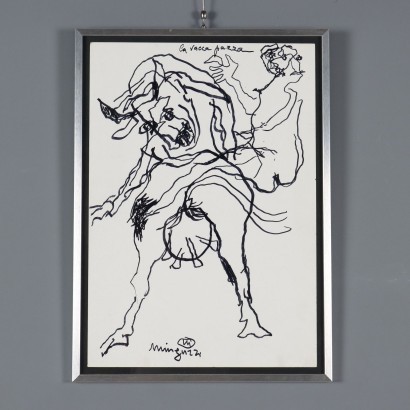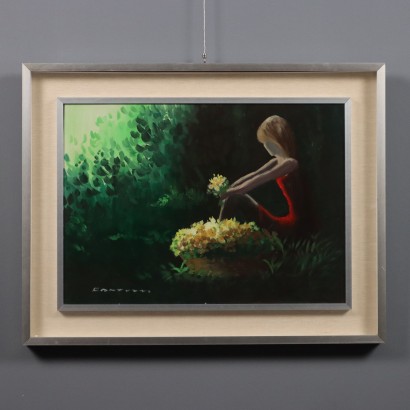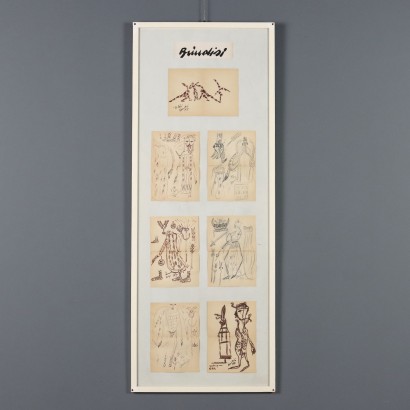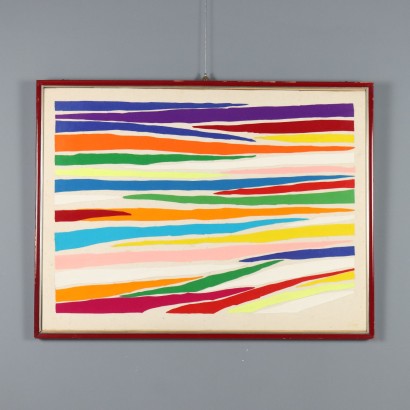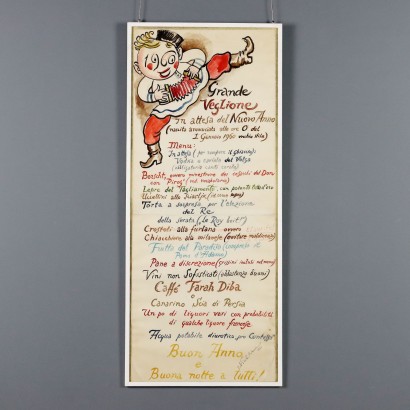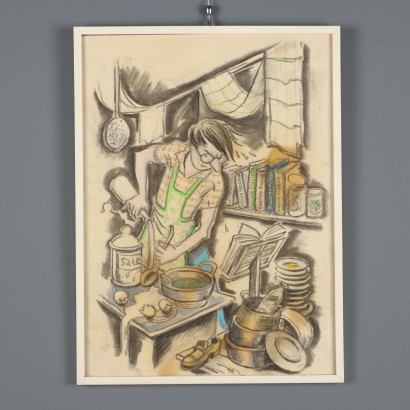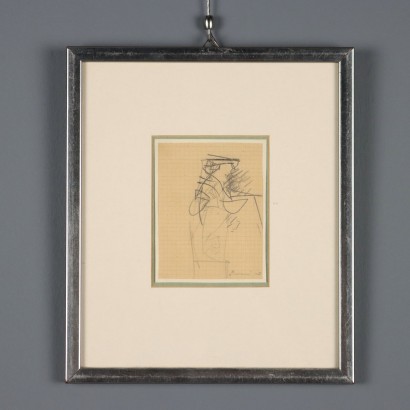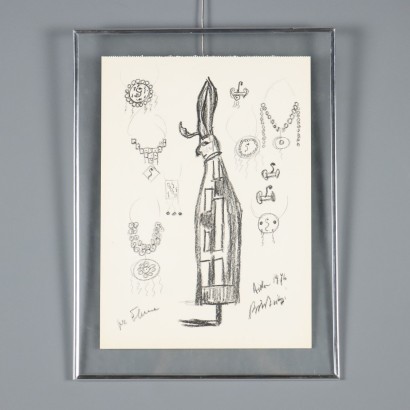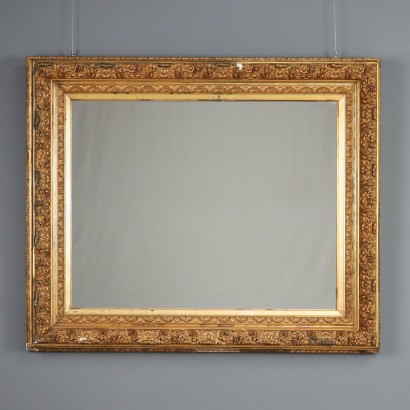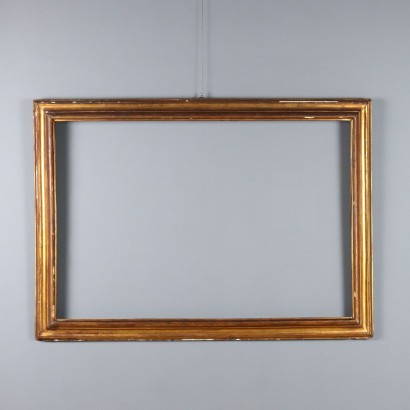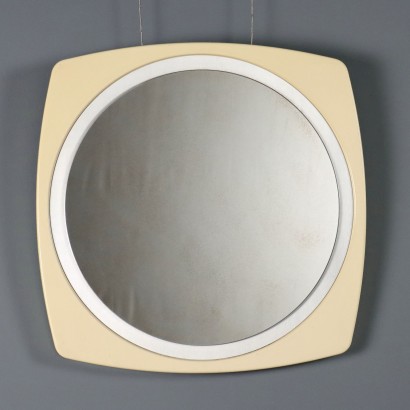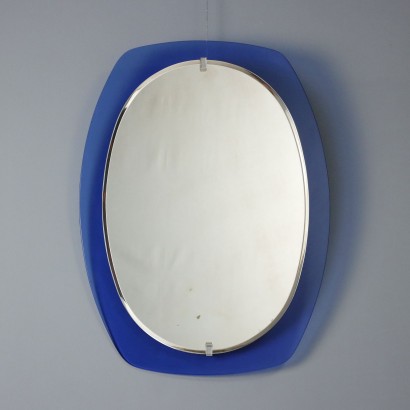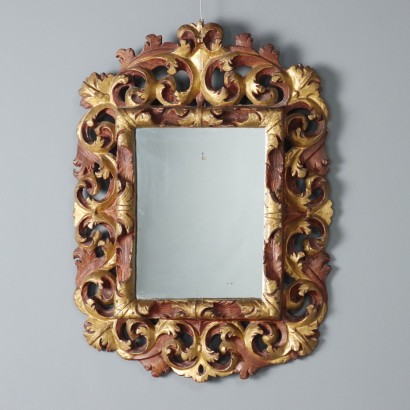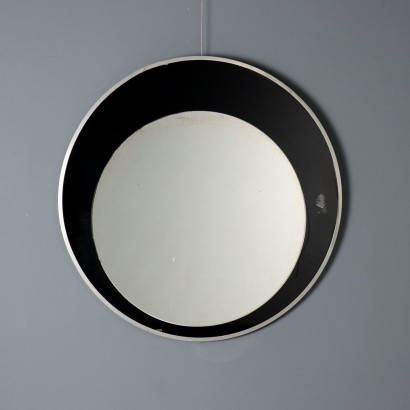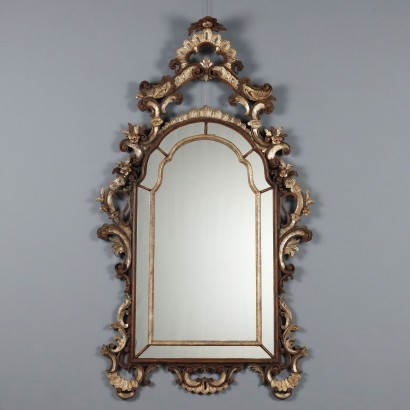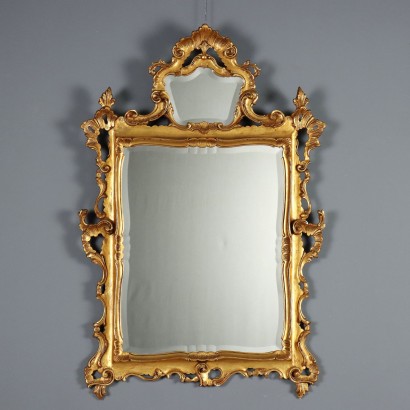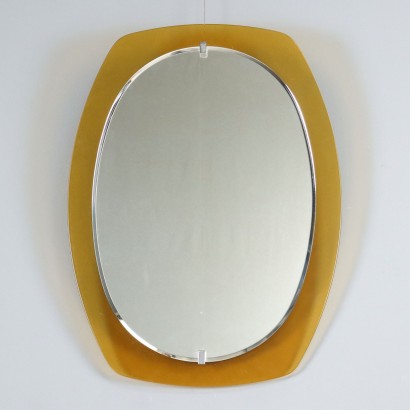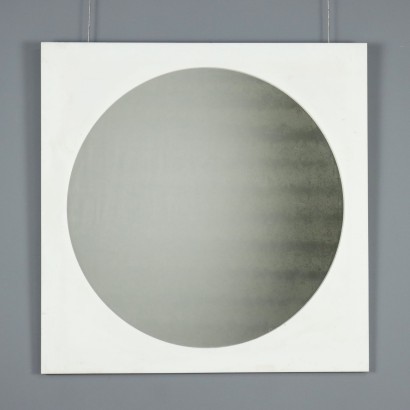Modern Drawing Signed Luciano Minguzzi Mad Cow XX Century - Mad Cow
Features
Mad Cow
Artist: Luciano Minguzzi (1911-2004)
Artwork title: La vacca pazza
Age: Contemporary
Subject: Animals
Origin: Italy
Artistic technique: Drawing
Technical specification: Indian Ink on Paper
Description : La vacca pazza
Indian ink on paper. Signed at the bottom; title at the top. The work is accompanied by a photo certificate from the Galleria Pace in Milan. A sculptor, engraver, and medallist, Minguzzi also created numerous drawings, often sketches for sculptures. The drawing is presented in a frame.
Product Condition:
Item in very good condition, possibly showing minor signs of wear; it may have undergone expert restoration. We try to present the item's actual condition as accurately as possible with photos. If any details are unclear from the photos, the description will apply.
Frame Size (cm):
Height: 54,5
Width: 39,5
Depth: 1,5
Artwork dimensions (cm):
Height: 50
Width: 35
Additional Information
Artist: Luciano Minguzzi (1911-2004)
Born in Bologna in 1911, Luciano Minguzzi, a son of an artist, initially studied under his father, a sculptor, before enrolling at the Academy of Fine Arts, where he studied sculpture with Ercole Drei and engraving with Giorgio Morandi. At the University of Bologna, he attended art history classes with Roberto Longhi. In 1934, he won a scholarship and settled in Paris for two months. Minguzzi not only looked to contemporaries Arturo Martini, Marino Marini, and Giacomo Manzù, but also cultivated his artistic education by exploring the tradition of Florentine and Bolognese Renaissance sculpture. At the age of thirty-one in 1942, he was already worthy of a room at the 23rd Venice Biennale. In 1948, he returned to Paris, where he met artists such as Alberto Giacometti and Renato Birolli. In 1950, he received the Grand Prize for sculpture at the Venice Biennale and, the following year, moved to Milan, where he won the competition for the fifth door of the Duomo. In 1956, he was appointed professor of sculpture at the Brera Academy of Fine Arts, where he taught until 1975. During the late 1950s and early 1960s, his sculptures included references to concentration camps and, more generally, the Second World War, but there was also a line of sculptures defined as "semi-abstract," such as the Aquiloni and Luci nel bosco series. The artist's success was confirmed by numerous international exhibitions throughout the 1960s. In 1970, he was commissioned to create the Porta del bene e del male (Door of Good and Evil) for St. Peter's Basilica in the Vatican, inaugurated by Paul VI (1977), and in 1972, he exhibited the imposing sculpture Uomini (Men) at the Rome Quadriennale. In the 1980s, he created large drawings on paper using a colorful mixed media, reworking both past and new themes he had already explored in sculpture. In 1992, a major exhibition curated by Mario De Micheli was held at the Castello Sforzesco in Milan, and in 1996, the Minguzzi Museum opened in Milan. After his death on May 30, 2004, it was transformed into the home and archive of the Minguzzi Foundation, now in Venice. He gained his first experiences under the expert guidance of his father, also a sculptor; he continued his studies at the Academy of Bologna and, thanks to a scholarship, spent time in Paris and London. He began exhibiting in 1933 and won his first prize at the Rome Quadriennale in 1943. This was followed by the Angelicum awards in 1946 and the first joint prize at the 1950 Biennale. After the war, he created the monument to the partisans for his hometown, composed of two human figures, a man and a woman. The work, located near Porta Lame (the site of a battle between Nazis and partisans in 1944), was cast from the bronze cast from the equestrian statue of Benito Mussolini that once stood inside the current "Renato Dall'Ara" Stadium. He won the competition announced in 1950 for the "Fifth Door" of Milan Cathedral, completed in 1965. In 1970, he was awarded the commission to create the "Gate of Good and Evil" for St. Peter's Basilica in the Vatican, on which he worked with vigor and passion for seven years.Age: Contemporary
ContemporarySubject: Animals
Artistic technique: Drawing
Il disegno è il processo di tracciare segni su una superficie tramite l'applicazione di una pressione o il trascinamento di un apposito strumento sulla superficie. Gli strumenti sono: matite in grafite o colorate, penna, pennelli fini con inchiostro, pastelli a cera o carboncini; i supporti tradizionali più frequenti sono carta, cartoncino, tavola, muro, tela, rame, vetro.Technical specification: Indian Ink on Paper
Other customers have searched:
Se sei un appassionato d'arte, non perderti i nostri approfondimenti sul Blog Arte Di Mano in Mano e su FineArt by Di Mano in Mano - Arte:
Leggi di più
Ecco alcuni tra i principali articoli:Vedute
Falsi nell'arte antica
Un messaggio di fiducia per ripartire
La potenza espressiva dell'arte figurativa etiope
Breve Storia del Collezionismo
Giorgio Upiglio, maestro dei libri d'artista
Matthias Withoos detto "Calzetta bianca"
San Rocco pensaci tu - Classic Monday
Sapevi che l'arte può essere anche un ottimo investimento (e non solo per grandi portafogli)?
L'Arte tra Collezionismo e Investimento
FineArt: Arte come investimento
Dai un'occhiata alle nostre rubriche di divulgazione sull'arte:
Epoche
Lavorazioni e tecniche
Mostre ed Eventi
Protagonisti
Product availability
The product can be seen at Cambiago
Immediate availability
Ready for delivery within 2 working days from ordering the product.

